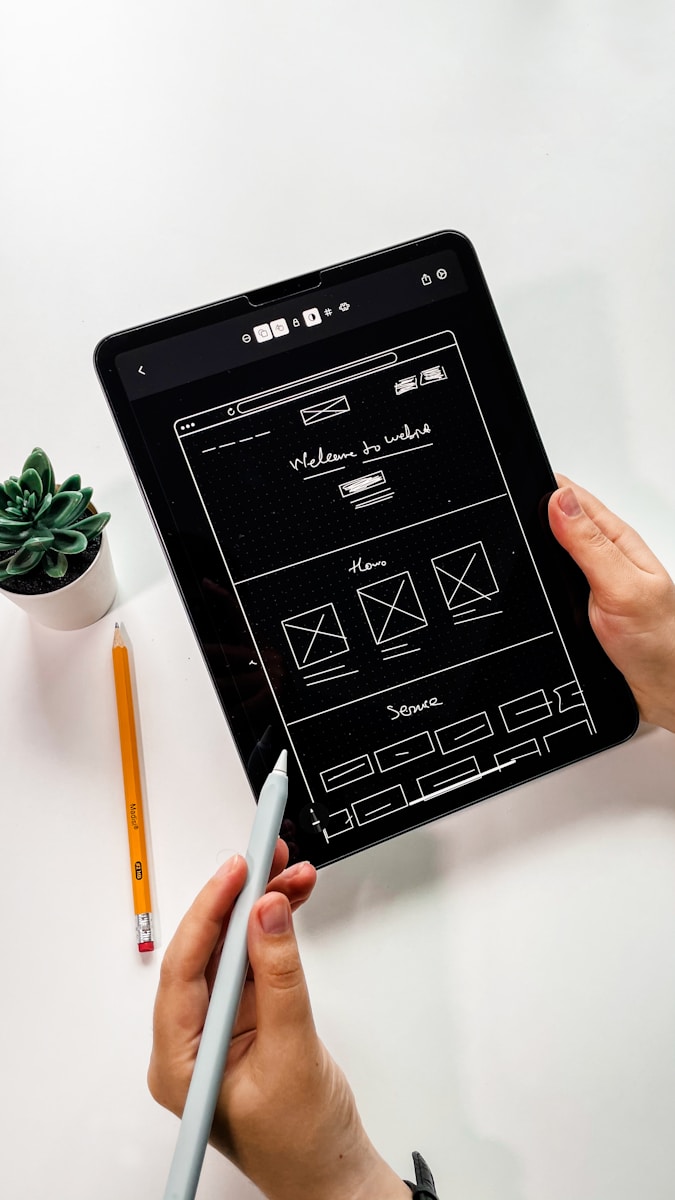UX Design Trends to Elevate Your Brand in 2024
As the digital landscape continues to evolve, user experience (UX) design remains a critical factor in defining how brands connect with their audiences. In 2024, businesses looking to elevate their brands through effective UX must stay attuned to emerging trends that cater to users’ expectations and behaviors. This article explores the key UX design trends that can help brands create engaging, memorable experiences in the coming year.

1. Personalization at Scale
In an age where consumers expect tailored experiences, personalization is no longer optional; it’s a necessity. Brands will increasingly leverage data analytics and machine learning to create highly personalized interactions across platforms. By analyzing user behavior, preferences, and demographics, brands can customize content, product recommendations, and even UX elements to resonate with individual users, creating a more engaging experience that fosters loyalty.
2. Sustainability-Focused Design
Sustainability is becoming a central theme in consumer decision-making, and UX design is no exception. In 2024, brands will prioritize eco-friendly practices in their design processes, from using sustainable materials in product packaging to creating digital experiences that promote environmentally conscious choices. UX designers will incorporate sustainability messaging into their designs, ensuring users feel connected to brands that prioritize the planet.
3. Immersive Experiences with AR and VR
Augmented Reality (AR) and Virtual Reality (VR) technologies are set to revolutionize UX design in 2024. These immersive experiences allow users to interact with products and services in ways that traditional interfaces cannot offer. Brands will increasingly integrate AR and VR into their strategies, providing users with virtual try-ons, interactive product demonstrations, and immersive storytelling that enhances engagement and emotional connection.
4. Voice and Conversational Interfaces
With the rise of voice-activated devices and chatbots, conversational interfaces are becoming integral to UX design. In 2024, brands will need to optimize their platforms for voice search and interaction, ensuring that users can easily navigate and engage through natural language. This trend not only improves accessibility but also aligns with the growing preference for hands-free interactions, making digital experiences more convenient.
5. Micro-Interactions for Enhanced Engagement
Micro-interactions—small, subtle animations or design elements that respond to user actions—will play a significant role in UX design this year. These interactions add a layer of delight and feedback to the user experience, whether it’s a subtle animation when a button is clicked or a satisfying sound effect when an action is completed. By incorporating thoughtful micro-interactions, brands can enhance user engagement and create memorable moments within their digital experiences.
6. Dark Mode and Customizable Interfaces
Dark mode has gained popularity for its aesthetic appeal and reduced eye strain. In 2024, brands will expand on this trend by offering users customizable interface options, allowing them to choose their preferred color schemes and layouts. This flexibility not only enhances user comfort but also empowers individuals to personalize their experiences, making them feel more in control and connected to the brand.
7. Focus on Accessibility
As digital inclusivity becomes increasingly important, accessibility in UX design will take center stage in 2024. Brands must ensure that their digital experiences cater to all users, including those with disabilities. This involves following web accessibility guidelines, utilizing inclusive design principles, and implementing features such as keyboard navigation, screen reader compatibility, and alternative text for images. A commitment to accessibility not only broadens the user base but also reflects positively on the brand’s values.
8. Data Privacy and Transparency
With growing concerns about data privacy, brands must prioritize transparency in their UX design. In 2024, users will demand clearer communication regarding how their data is collected, used, and protected. UX designers should implement straightforward consent mechanisms, privacy policies, and user-friendly interfaces that allow users to manage their data preferences easily. By fostering trust through transparency, brands can build stronger relationships with their audiences.
9. Storytelling Through Design
Storytelling remains a powerful tool in marketing, and UX design will increasingly incorporate narrative elements. Brands will use design to guide users through compelling stories that resonate with their values and missions. By creating a narrative-driven experience, brands can engage users on an emotional level, enhancing connection and fostering brand loyalty.
10. Continuous User Feedback Loops
In 2024, the importance of ongoing user feedback cannot be overstated. Brands will increasingly adopt feedback loops that allow them to gather insights from users in real time. This can involve surveys, user testing, and analytics tools to monitor user interactions. By continuously refining their UX based on user feedback, brands can adapt to changing preferences and stay relevant in a dynamic digital landscape.
Conclusion
As we move into 2024, staying ahead of UX design trends will be essential for brands looking to elevate their user experiences and foster lasting connections. By embracing personalization, sustainability, immersive technologies, and a focus on accessibility, brands can create engaging, user-centric experiences that resonate with today’s consumers. Adapting to these trends not only enhances brand reputation but also positions businesses for success in an increasingly competitive market.
